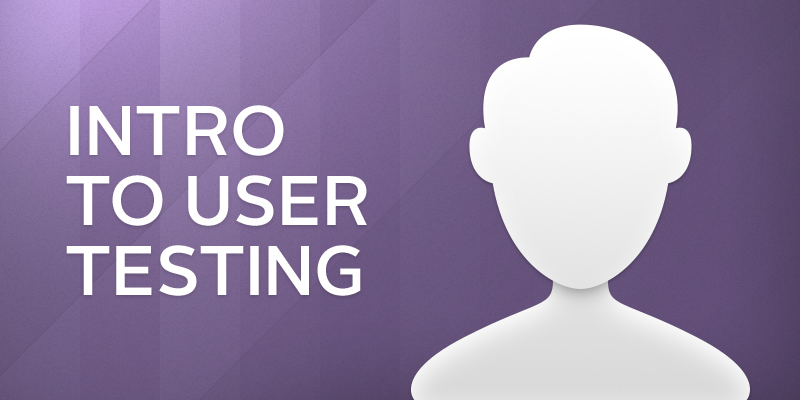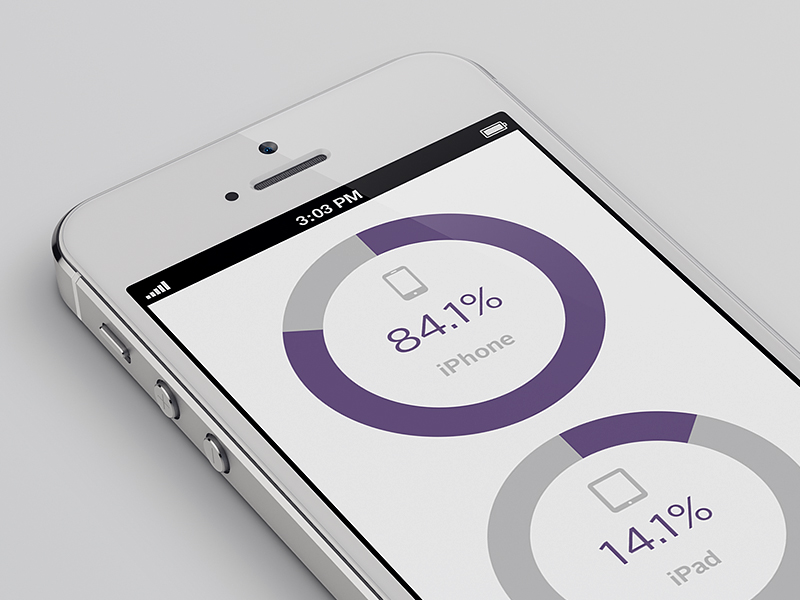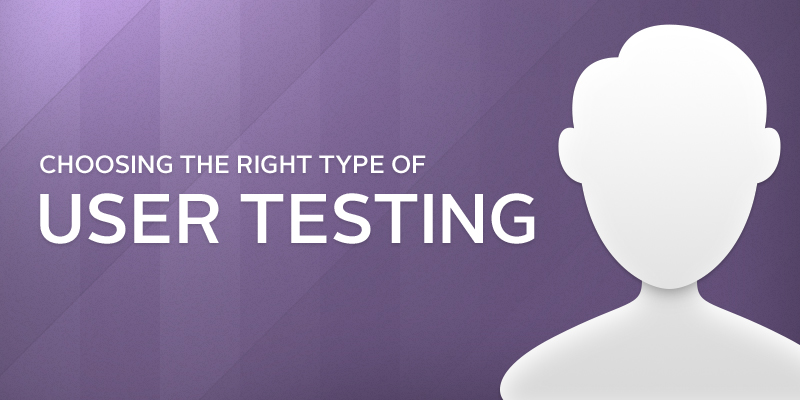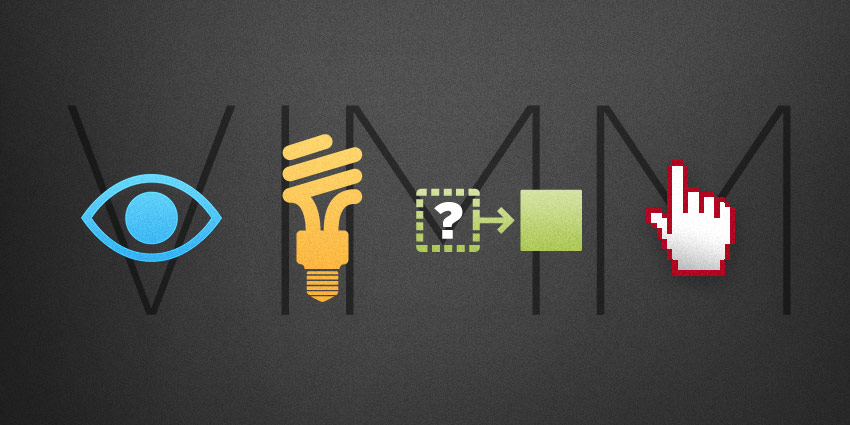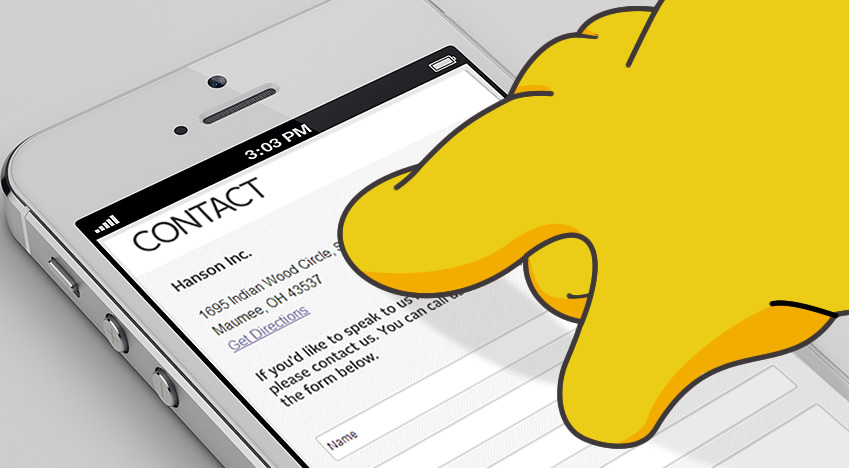Intro to User Testing
Let’s say that one of the key performance indicators you’re tracking on your site is the number of requests for literature. But the numbers seem surprisingly low. How can you find out why? Do some user testing.
Or maybe you recently added a blog to your website and you get a lot of traffic but few comments. You’re wondering if the color of the comment button is a contributing factor. How can you validate that suspicion? Do some user testing.
Or you could be about to embark on a complete site redesign for the first time in five years. How can you benchmark the usability of the old site in order to inform improvements (and demonstrate outcomes of the new site)? You guessed it: do some user testing.
Why user testing is your friend
User testing should play a key role in any development project. After all, the point of any site or app or other digital experience is to deliver a certain type of content to a certain audience in a way that best meets their needs and expectations. User testing helps you validate audience interviews, personas and use cases against real feedback to make sure your solution is meeting real needs.
But what and when and how to user test takes some finesse. So this post is the first in a 3-part series designed to explore various testing methods and help you implement them successfully.
Like voting, the winners test early and often
OK, politically that notion may be a little cynical, but the premise holds true when it comes to user testing. If you’re redesigning a portion of your site or launching a brand new site or app, it’s a good idea to do some testing before you begin putting together wireframes and comps so you can make sure you’re designing around the right user needs. This starts with the user research and other activities mentioned above, and might include testing an existing solution so you can define what is working and what isn’t.
Then as the project gets underway, follow up with testing of the comps/wireframes to make sure what you are designing actually meets the user needs you were trying to target. Doing user testing at this stage gives you the opportunity to remedy any issues or differences of opinion and move forward confidently with the build. If you wait to do user testing at the end, after the build, you run the risk of running into issues that you have to go back and fix or rebuild, which can be costly.
You’ll also want to test again after the site goes live, and on an ongoing basis as additional content and functionality are added over time.
Developing a test plan
There are a number of ways to get feedback from users and test the effectiveness of the user experience. In very simple situations, one test may be all you need to validate user interactions. But in many cases, multiple types of testing conducted in various phases will work together to provide the most useful insights.
How do you keep it all organized? Put together a test plan.
When developing a test plan, consider the following:
- overall objectives of testing (do you want to understand user preferences? document user behavior?)
- types of feedback you want to solicit (qualitative or quantitative)
- timeline
- budget
These considerations will help you determine the best types of testing for your project, where they should occur in your development process, and how you will conduct them.
Coming up next: Choosing the Right Testing Type
Ready to get started? In part 2 of this series, we’ll look in depth at various testing methods and how to choose the right ones for your objectives, timeline and budget. And in the final post, we’ll offer some tips for conducting user testing, including how to get the most from online testing services. Stay tuned!
